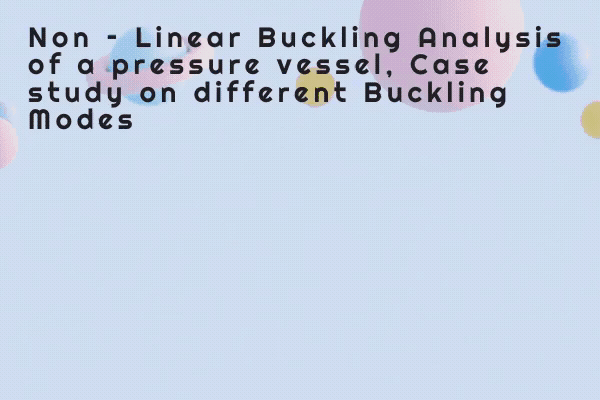Non – Linear Buckling Analysis of a pressure vessel, Case study on different Buckling Modes

During buckling, the formation of lobes
and subsequent mode jumping phenomenon are
taking place simultaneously. Mode jumping is
essentially a dynamic process where structure
changes from one mode shape to another to reduce
strain energy. During loading, the structure reaches
a point of instability or Bifurcation point where
buckling occurs. At this point many post buckling
paths may exist in close proximity or may interact
with eachother usually called as mode interaction
which leads to mode jumping. Here, buckling
analyses is done for thin cylindrical shells and
results for 8 modes are compared using variation
plots of stress and displacement. The comparison of
first 3 modes are plotted together for transition
from 2 lobes to 3 lobes, which is been identified as
Mode jumping. The reasons for mode jumping
phenomenon were observed to be stress flow and
change in energy.
Contact US
For getting more project details and pricing, please share your contact information.




